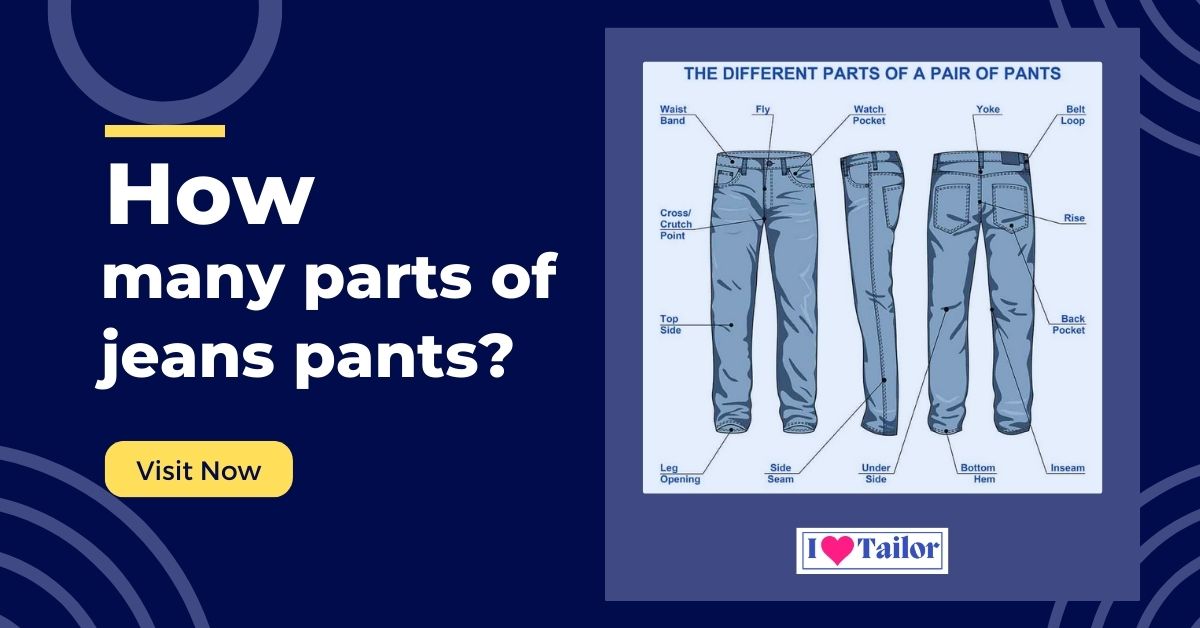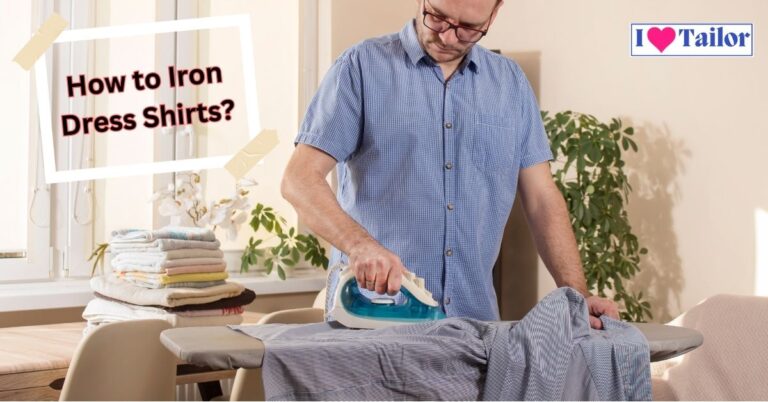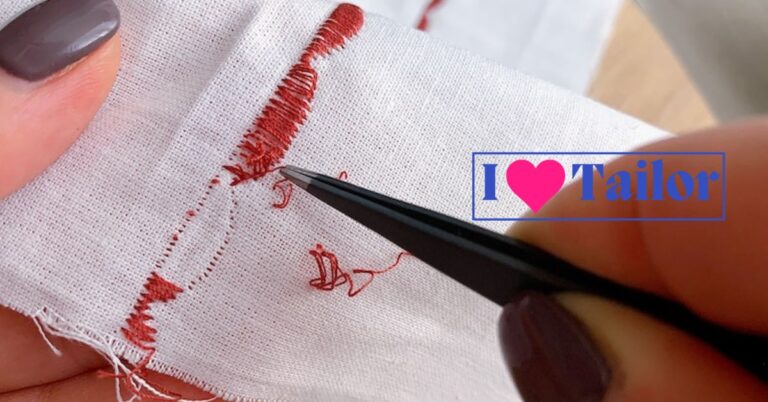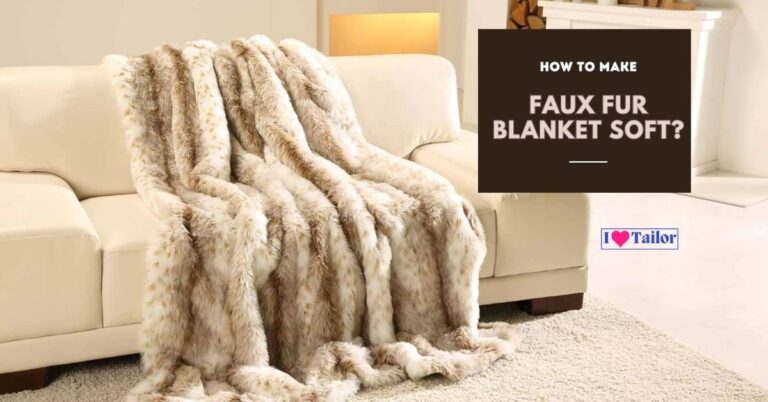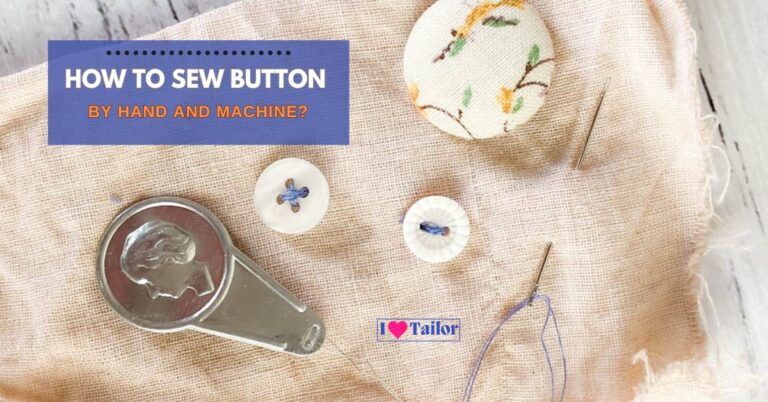How many parts of jeans pants? A complete guide
Jeans are universally celebrated as one of the most versatile staples in a wardrobe. From being a symbol of the rugged American West to making waves in high fashion, jeans are more than just casual wear. But have you ever taken a closer look at your jeans and wondered about the different parts that make it up? In this article, “How many parts of jeans pants?” we’ll dissect the anatomy parts of jeans pants to unveil their integral components.
Related: How much does a pair of jeans weigh?
Different Parts of Jeans Pants
If we count in a single pair then 11 parts of jeans pants and if we count in a double pair then 17 parts of jeans pants.
- Loop
- Pocket Bag
- Watch/Coin Pocket
- Back Pocket
- Front Facing
- Single Fly
- Double Fly
- Front Panel
- Back Yoke
- Back Panel
- Waist Band
1. Belt Loop
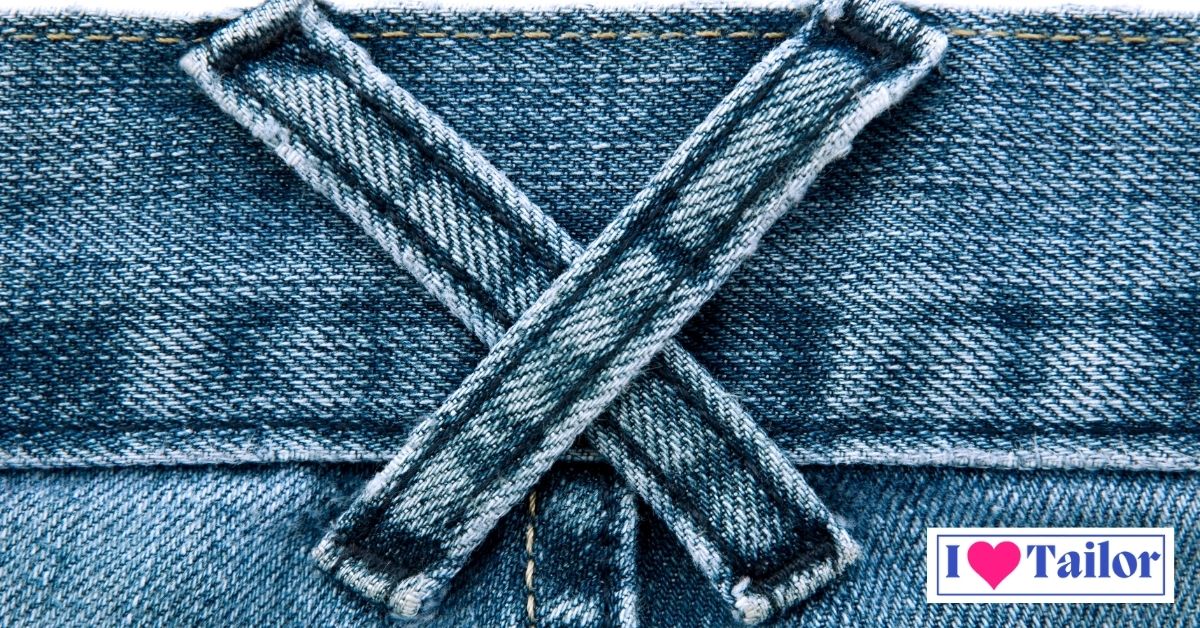
A reinforcement sewn to the waistband of jeans or other pants to secure a belt. Usually made of the same fabric as the pants, but can also be made of leather or other materials. Most jeans have five belt loops, but some have more or less. Belt loops are typically positioned evenly across the waistband, but can also be placed in other locations, such as on the sides or back. Belt loops help to keep the pants in place and prevent them from sagging.
2. Pocket Bags

The inner lining of a jeans pocket. Made of the same fabric as the jeans, but can also be made of other materials, such as cotton or linen. Pocket bags are typically sewn to the inside of the jeans waistband and extend down into the pocket opening. They help to keep the pocket’s shape and prevent it from tearing. Pocket bags can also be used to store small items, such as coins, keys, and cell phones.
3. Watch/Coin Pocket
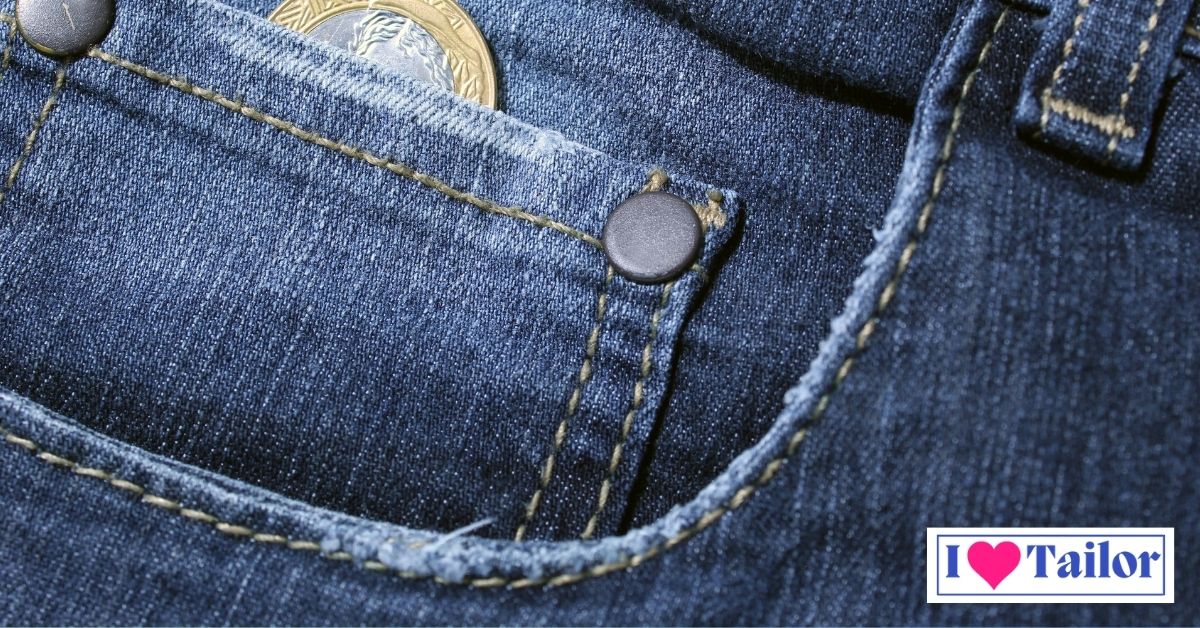
A small pocket is located on the front right side of the jeans, above the regular front pocket. Also known as the “fob pocket”. Originally designed to hold a pocket watch, but is now commonly used to store coins, keys, and other small items. Typically made of the same fabric as the jeans, but can also be made of other materials, such as leather or suede. Usually has a flap to help keep the contents secure. A distinctive feature of the classic “5-pocket” jeans design.
4. Back Pocket
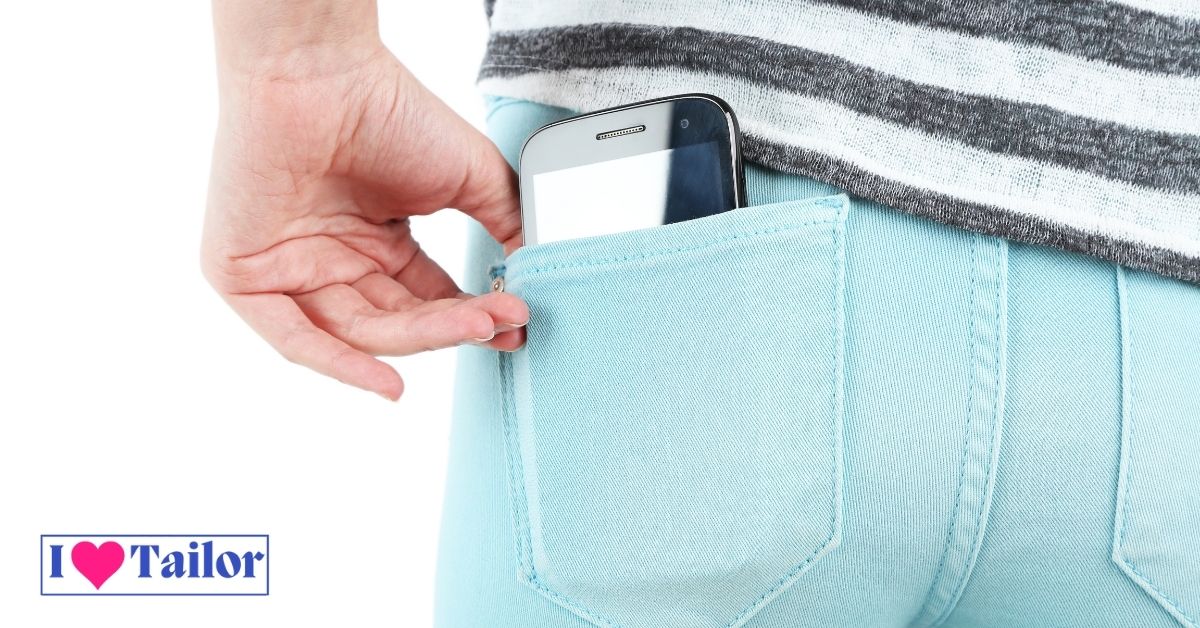
Two pockets are located on the back of the jeans, one on each side. Typically larger than the front pockets and can be used to store a variety of items, such as wallets, keys, phones, and other small objects. Made of the same fabric as the jeans, but can also be decorated with embroidery, stitching, or other embellishments. Can be placed at different heights on the jeans, depending on the style. A distinctive feature of the classic “5-pocket” jeans design. Often used as a canvas for self-expression, with people personalizing their jeans with patches, pins, and other decorations.
5. Front Facing
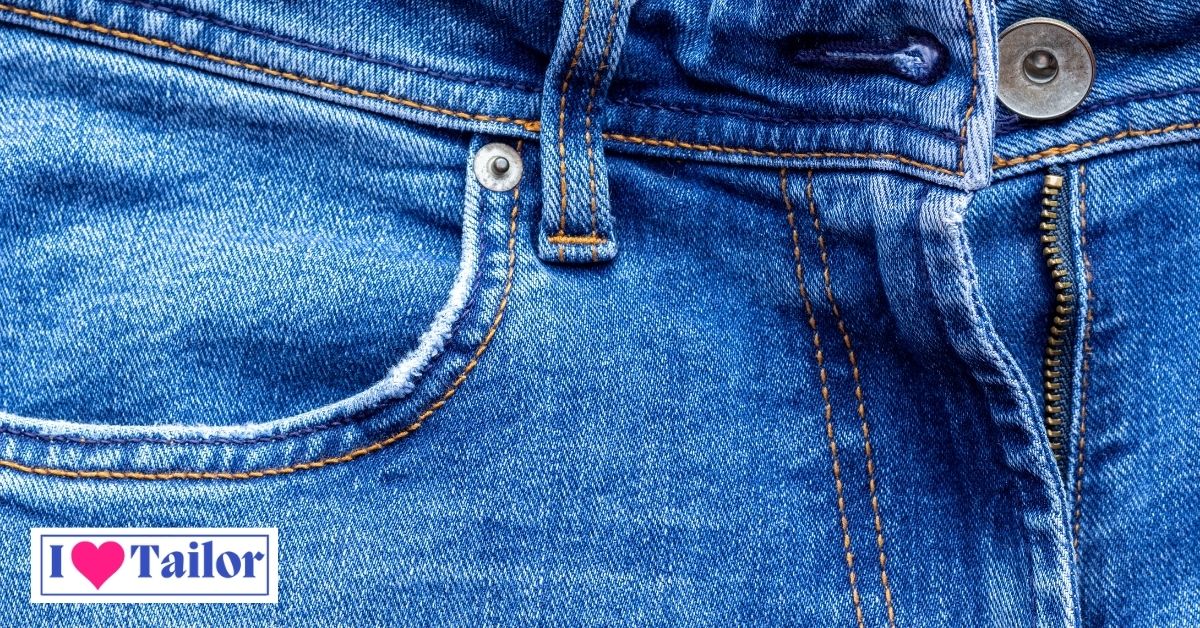
A piece of fabric is sewn to the front of the jeans to cover the raw edges of the fabric and create a finished look. Typically made of the same fabric as the jeans, but can also be made of other materials, such as chambray or denim. Usually extends from the waistband to the bottom of the hem. Can be embellished with stitching, embroidery, or other decorations.
6. Single Fly
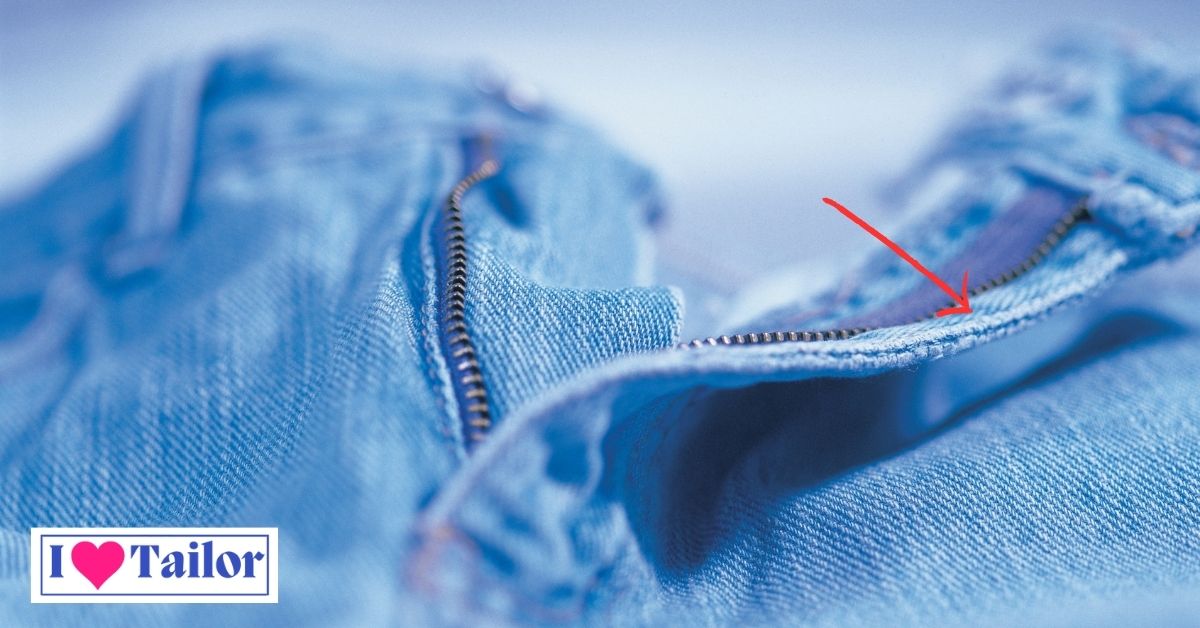
A type of fly closure on jeans that uses buttons instead of a zipper. Traditionally found in men’s jeans, but is becoming more popular in women’s jeans as well. Considered to be more durable and stylish than zipper flies by many denim enthusiasts.
7. Double Fly
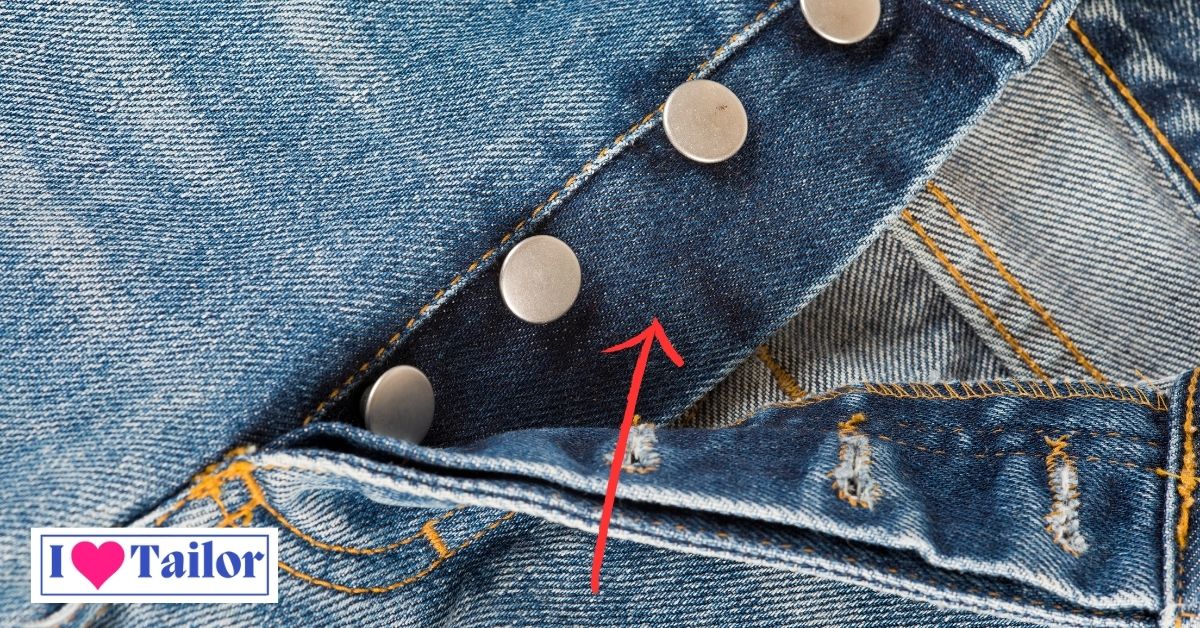
A type of fly closure on jeans that uses two zippers instead of one. Typically found on technical or outdoor jeans, as it is more durable and provides easier access when wearing a backpack or harness. Less common in casual jeans, but is gaining popularity as a fashion statement. Can be more difficult to find and more expensive than jeans with a single fly. Some people find it to be more comfortable and convenient, while others find it to be unnecessary and bulky.
8. Front Panel
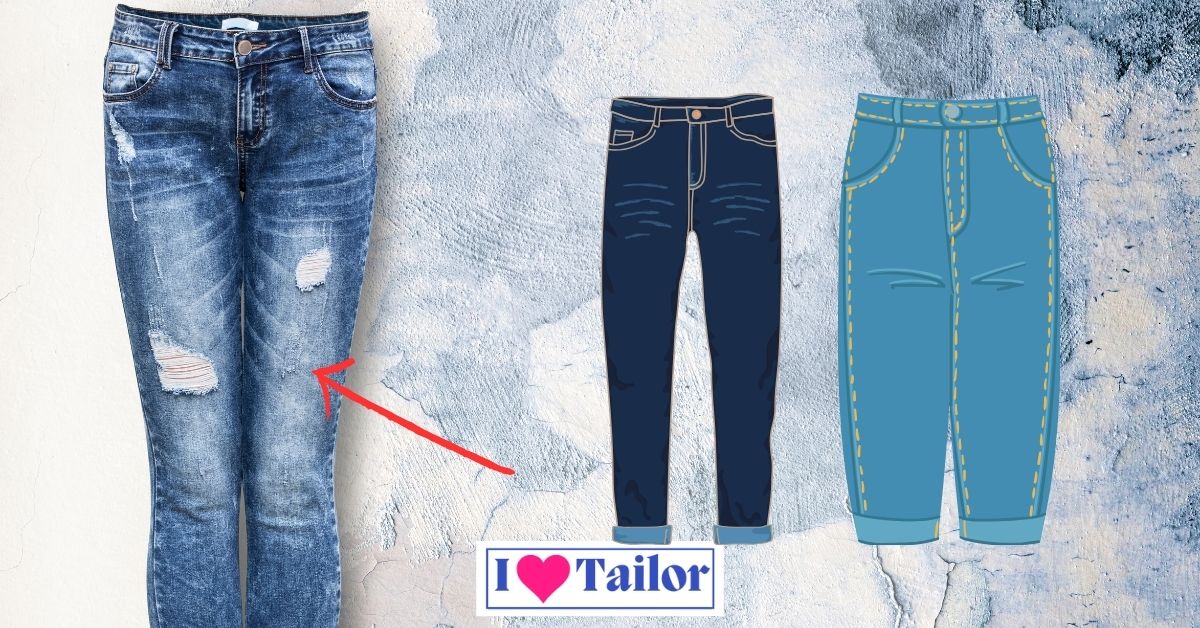
The piece of fabric that covers the front of jeans, from the waistband to the crotch. Typically made of the same fabric as the rest of the jeans, but can also be made of different materials, such as chambray or denim. Contains the front pockets and fly closure. The front panel is often the most visible part of jeans, so it is often decorated with stitching, embroidery, or other embellishments.
9. Back Yoke
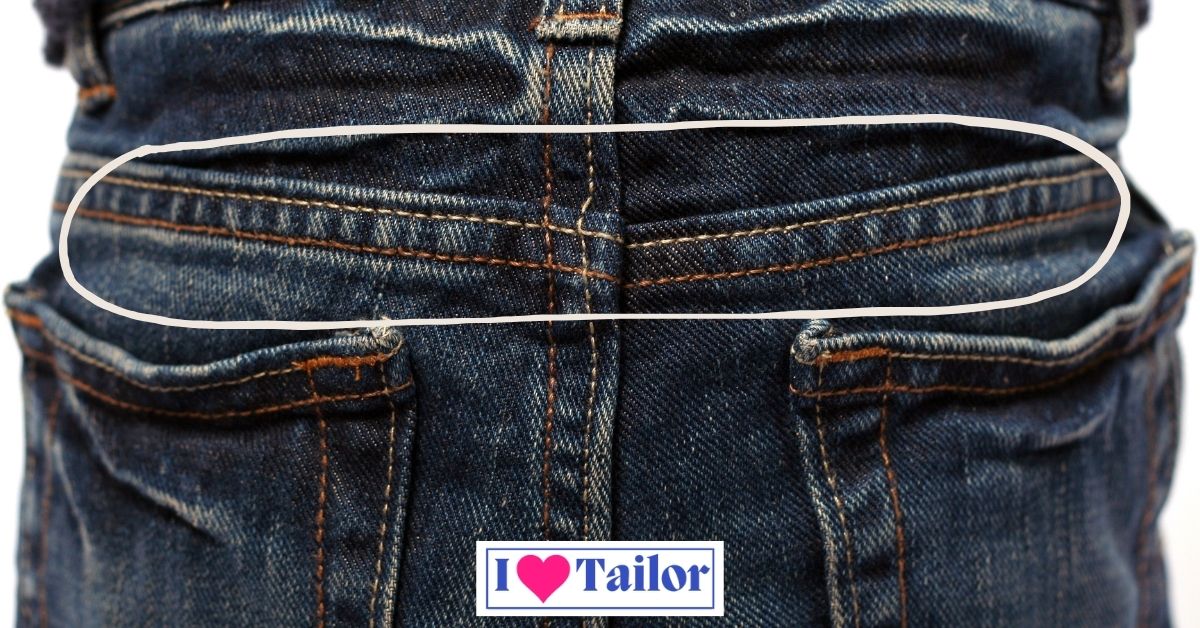
A V-shaped piece of fabric that is sewn to the back of jeans, from the waistband to the center seam. Helps to create a curved seat and improve the fit of the jeans. Can be made of the same fabric as the rest of the jeans, or it can be made of a different fabric, such as denim or chambray. Often decorated with stitching, embroidery, or other embellishments. A distinctive feature of the classic “5-pocket” jeans design. Can be found on both men’s and women’s jeans. Can be embellished with stitching, embroidery, or other decorations.
10. Back Panel
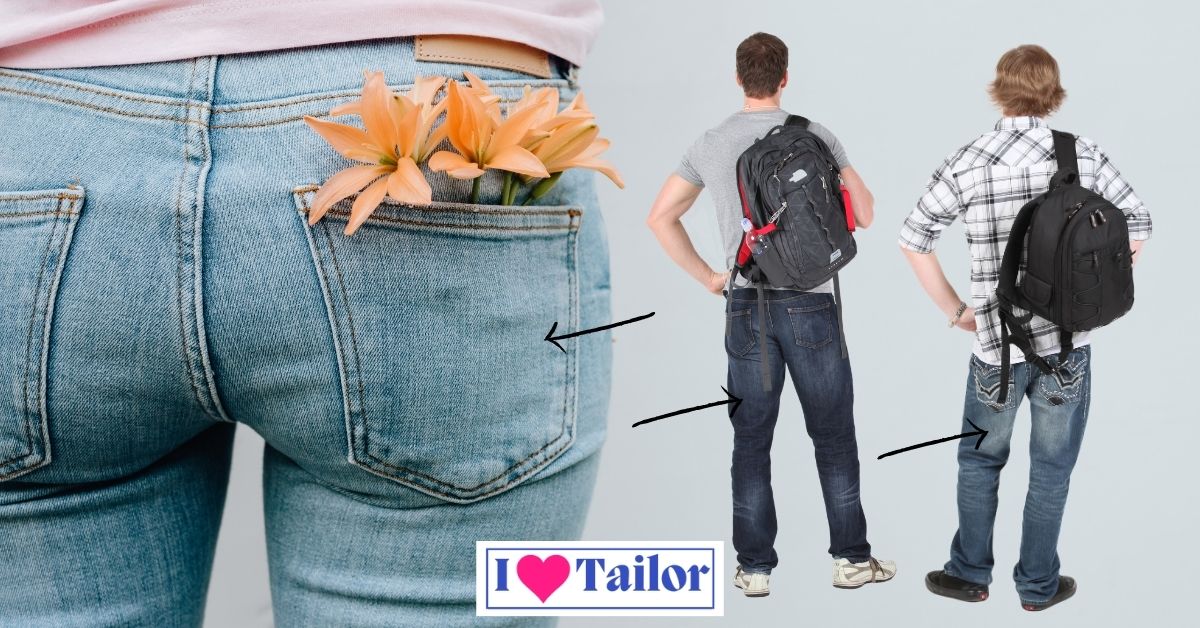
The piece of fabric that covers the back of jeans, from the waistband to the crotch. Typically made of the same fabric as the front panel, but can also be made of different materials, such as chambray or denim. Contains the back pockets.
11. Waist Band

The waistband is the band of fabric that sits around the waist of jeans. It contains belt loops and button closures and helps to keep the jeans in place. The waistband is one of the most important parts of jeans, as it is responsible for ensuring that the jeans fit well and stay in place. A good waistband should be snug but not too tight, and it should be made of a durable material that can withstand frequent wear and tear.
Accessories of jeans pants
Zipper
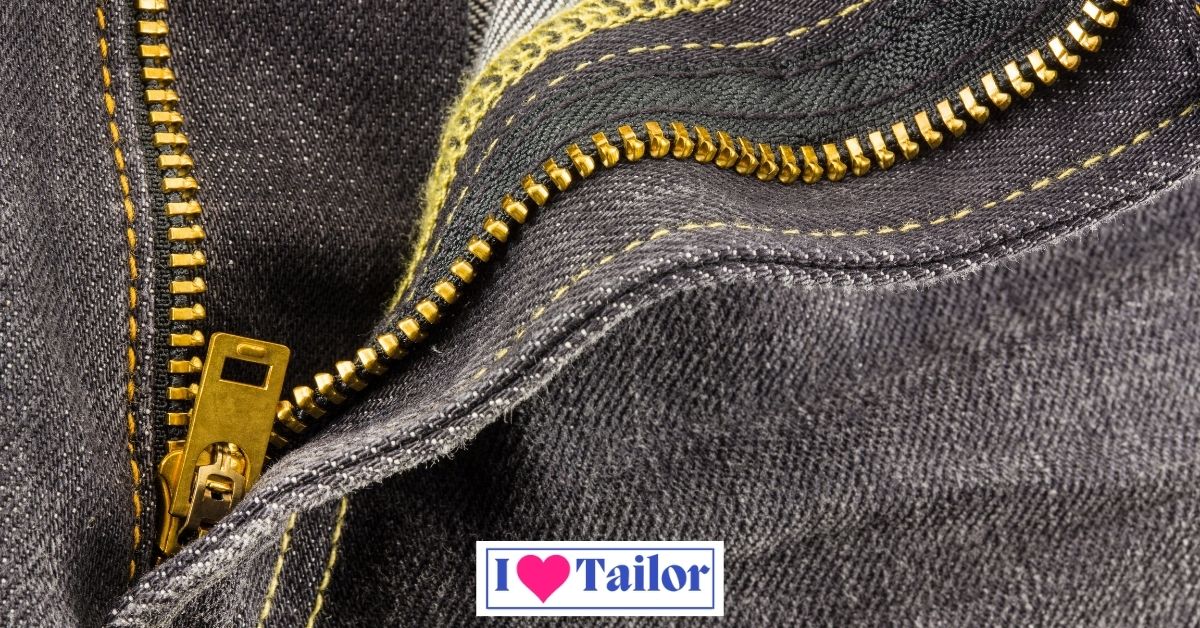
- A type of fastener that consists of two rows of interlocking teeth and a slider that is used to close or open the zipper.
- Used on the fly of jeans to allow for easy access.
- Typically made of metal or plastic.
- Can be concealed or exposed.
Button

- A type of fastener that consists of two parts: a shank and an eye.
- The shank is inserted through the eye and then turned to secure the two pieces together.
- Used on the waistband of jeans to keep them in place.
- Typically made of metal or plastic.
- Can be decorative or functional.
Rivet

- A type of fastener that consists of two metal pieces that are joined together by a rivet.
- Used to reinforce the pockets and belt loops of jeans.
- Typically made of metal.
Patch
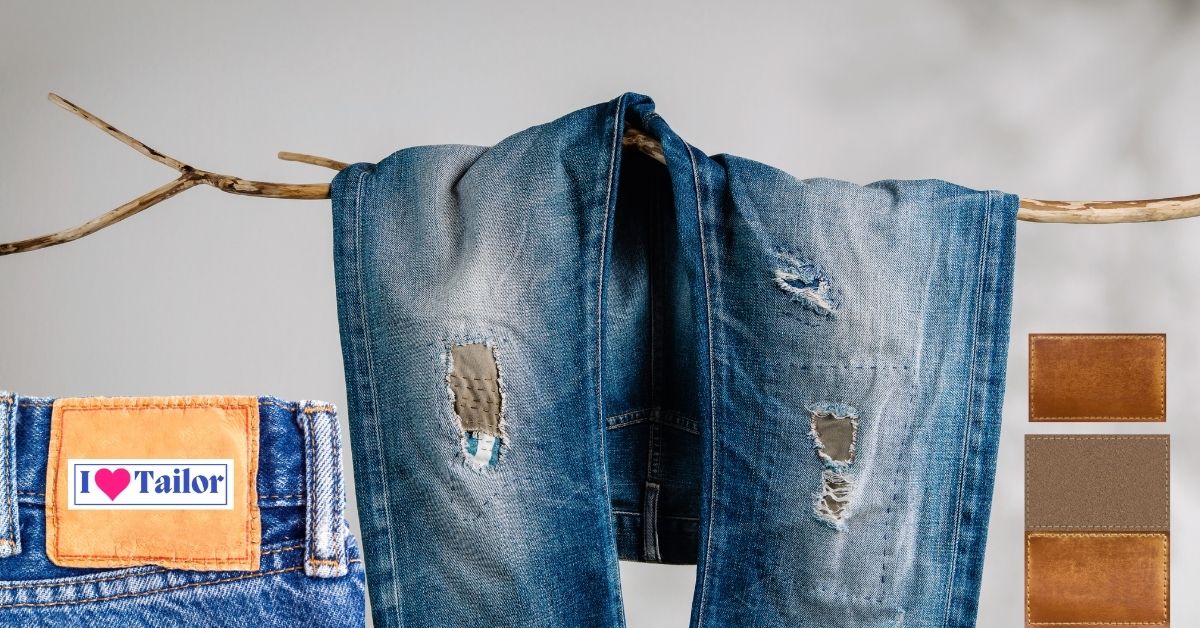
- A piece of fabric is sewn to another piece of fabric to cover a hole or to add decoration.
- Used to repair jeans or to add a personal touch.
- Can be made of any type of fabric, but is typically made of denim or leather.
Selvage

- The self-finished edge of a fabric.
- Created when the fabric is woven on a loom.
- Found on the outside edge of the legs of jeans.
- Often used as a sign of quality, as it indicates that the jeans are made from raw selvage denim.
Care label

- A label that is sewn to the inside of a garment provides instructions on how to care for the garment.
- Typically includes information on how to wash, dry, and iron the garment.
- Important to follow the instructions on the care label to ensure that the garment lasts as long as possible.
All of these parts of jeans pants are important for the construction, fit, and function of jeans.
FAQs
How many parts are in pants?
If we count in a single pair then 11 parts of jeans pants and if we count in a double pair then 17 parts of jean pants.
How many kinds of Operations are in basic Jeans Pant?
36 Operations are in basic Jeans Pant but in fashion jeans, it depends on the jeans style and fashion.
How many is one pair of pants?
A pair means two joined corresponding parts that aren’t used separately. In other words, a pair of jeans is 1 pair of jeans.
Conclusion
How many parts of jeans pants? only gives us an appreciation for their design and craftsmanship but also helps in make informed choices when purchasing. The next time you wear your pair, you’ll see them in a whole new light, recognizing the myriad of details and nuances that go into creating this timeless garment.
Thanks!

